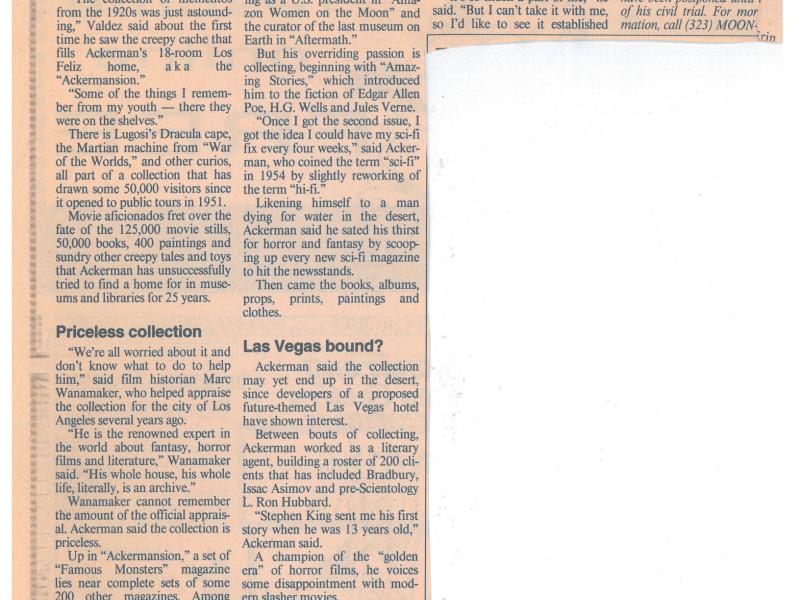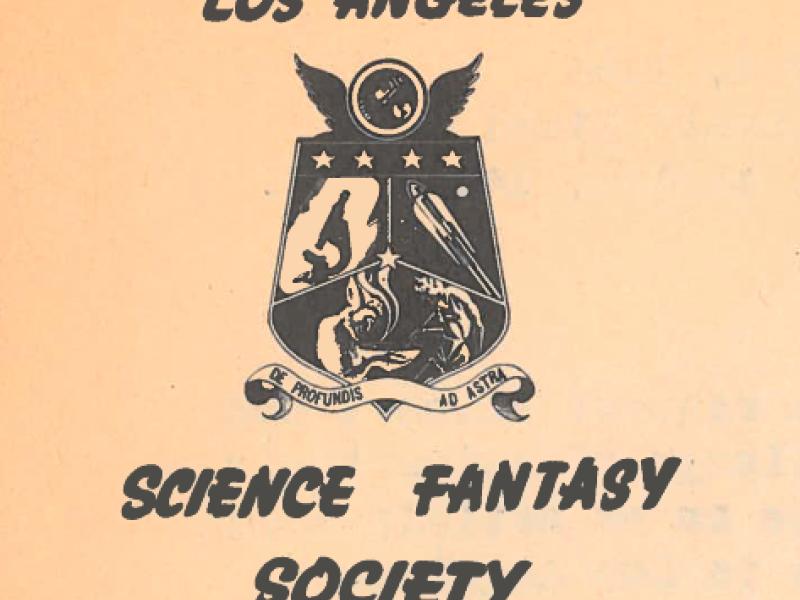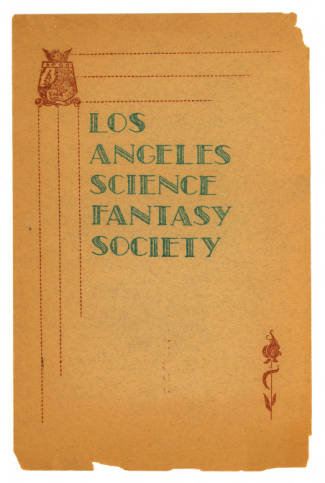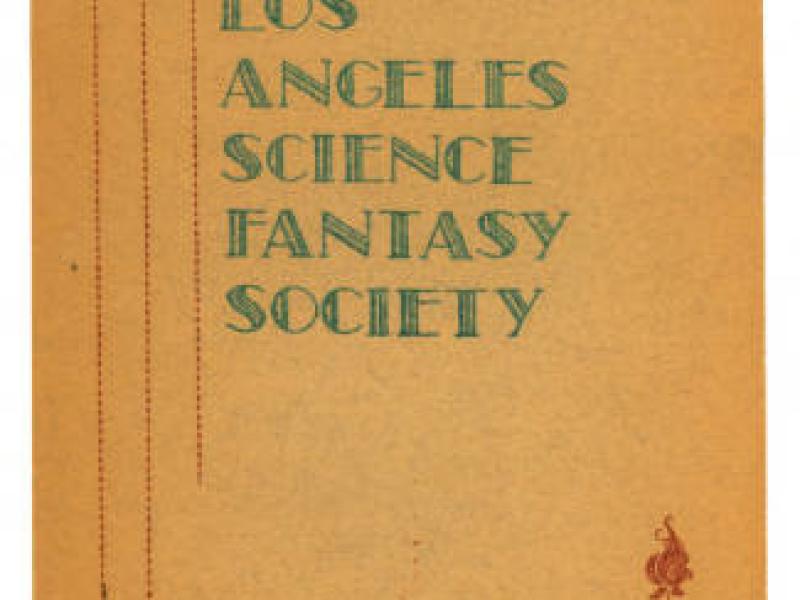Forrest J. Ackerman was born on November 24, 1916. At the age of 9, through the discovery of the Amazing Stories magazine, he started developing a growing interest in science-fiction; a term he later coined in 1954. He went to Esperanto classes, during which he met Myrtle R. Douglas, a.k.a. Morojo, with whom he shared 8 years of his life. Together, they showed up at the First World Science Fiction Convention in New York in 1939. Morojo had designed a pair of “futuricostumes” for the occasion, which left enough of an impression to be regarded as the very first example of what we now know as “cosplay.” Ackerman had been welcomed by the Daughters of Bilitis as an “honorary lesbian.” (Mayne, xx) Throughout his life, one of his many aliases was that of “Laurajean Ermayne,” a lesbian alter ego through whom he who wrote erotic stories and essays for The Ladder and Vice Versa. Although Ackerman was not LGBTQ+ himself, his open-ness to queer issues as well as his own practices could be regarded as queer. The use of many nicknames, as well as his taste for costumes could be seen as ways to queer his own identity, and recreate himself in a way that could be likened to a form of drag.
The Ackermansion was the home of Forrest J. Ackerman from the early 1950s until 1973 (Astrella and Greene, 18). Ackerman had gathered an impressive collection of film memorabilia, from all kinds of sets having to do with science-fiction, horror or fantasy. Those included costumes, from the early film King Kong, Vampirella’s set, as well as molds and props, including a functioning Gremlin puppet. The ersatz museum also held pieces such as Stephen King’s very first short story, and a number of autographs from celebrities such as Vincent Price. There were about 125,000 stills of different films, and 50,000 books, about which he jokingly said: “I have read every last word in my collection. When I get a new book, I turn to the last page, and read the last word.” (Video – Forrest Ackerman gives a tour of the “Ackermansion”, 5:37-5:45) Of course, Forrest Ackerman’s own role in the science-fiction community is also heavily featured in his own collection. A cover of Amazing Stories, a science-fiction magazine that got him interested in the fandom at age 9, was redrawn to include him in it, fighting off a giant insect.



